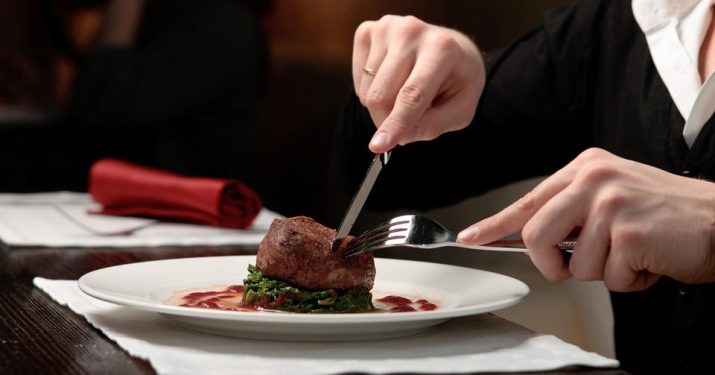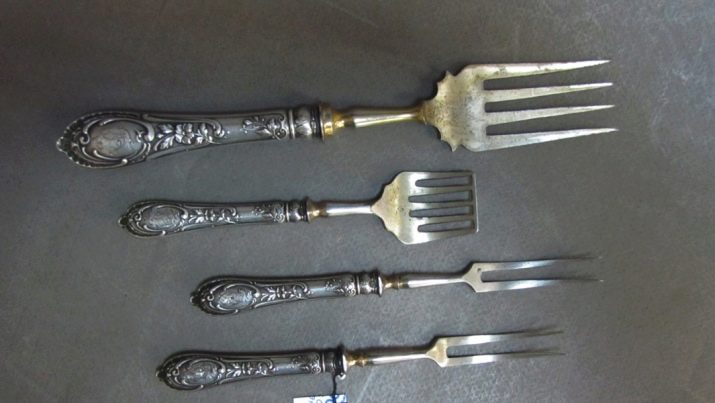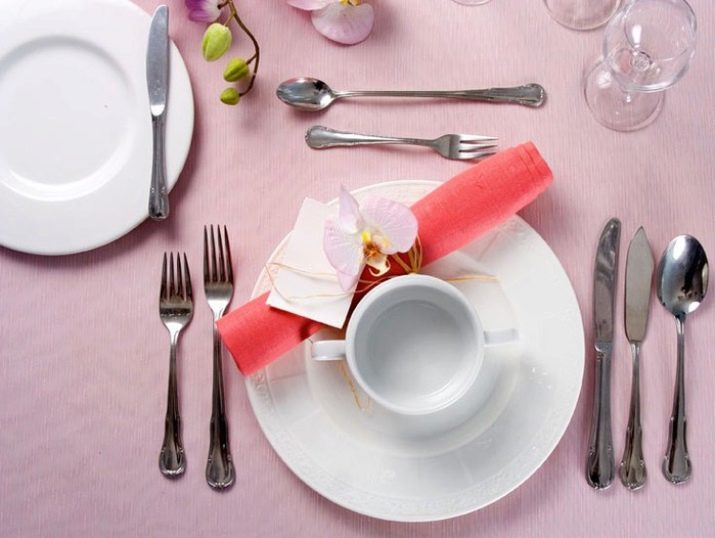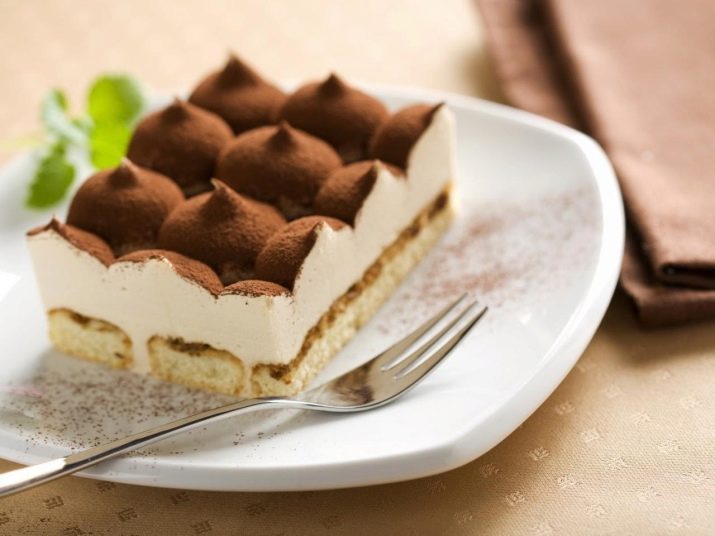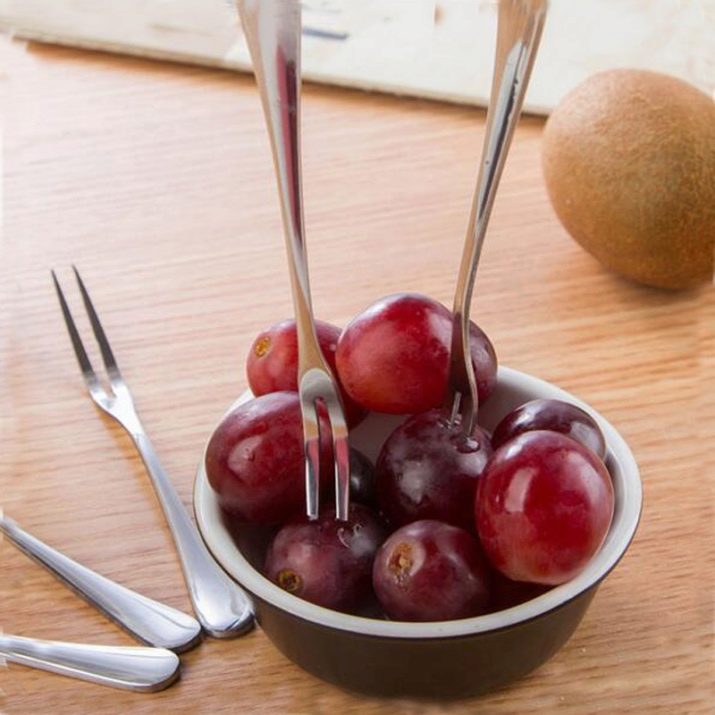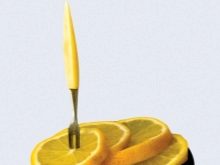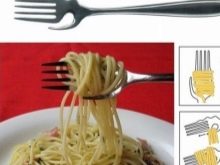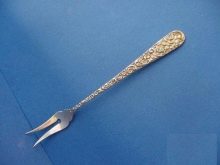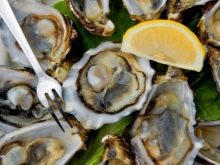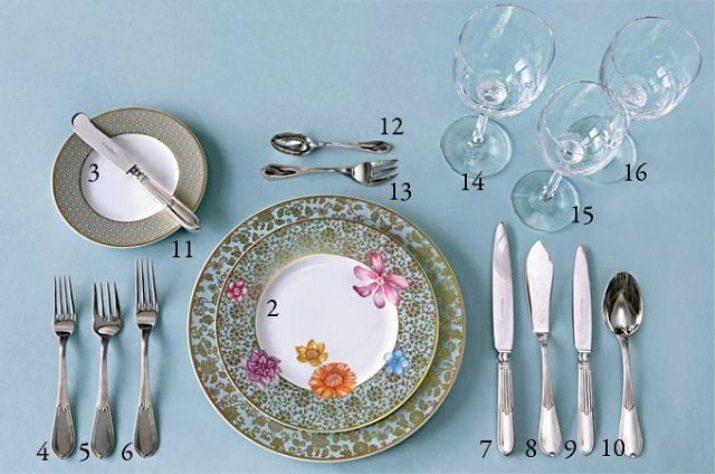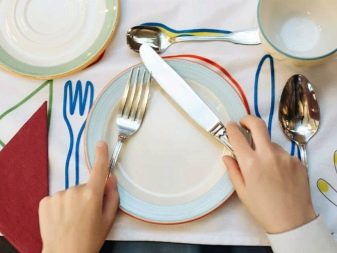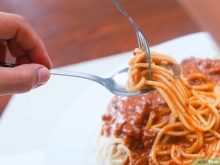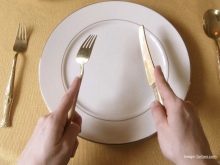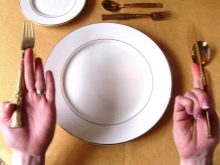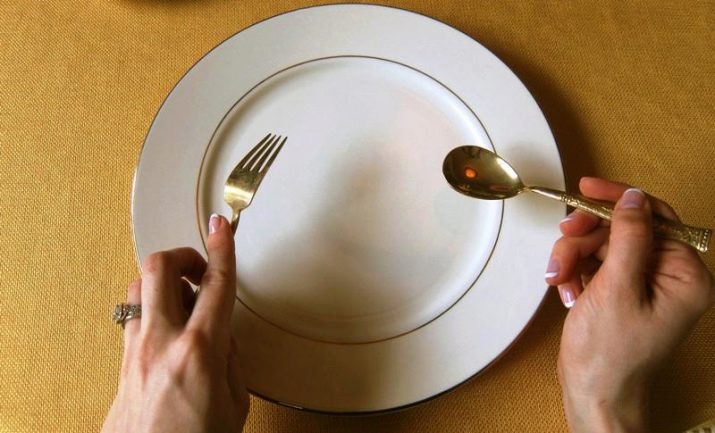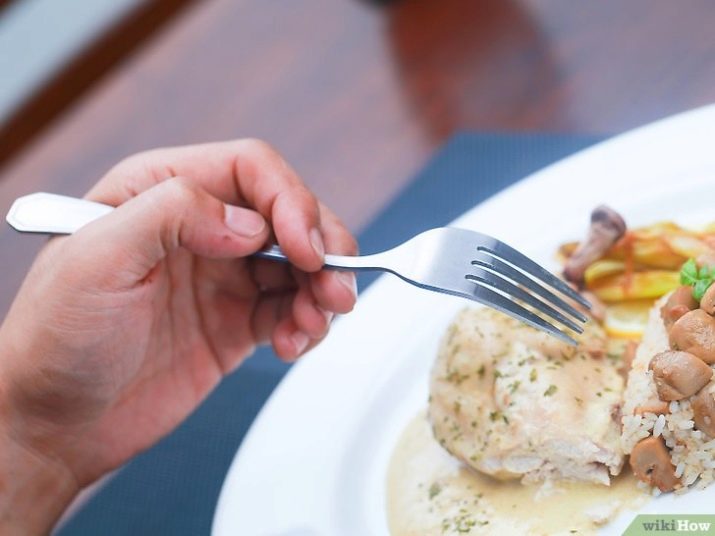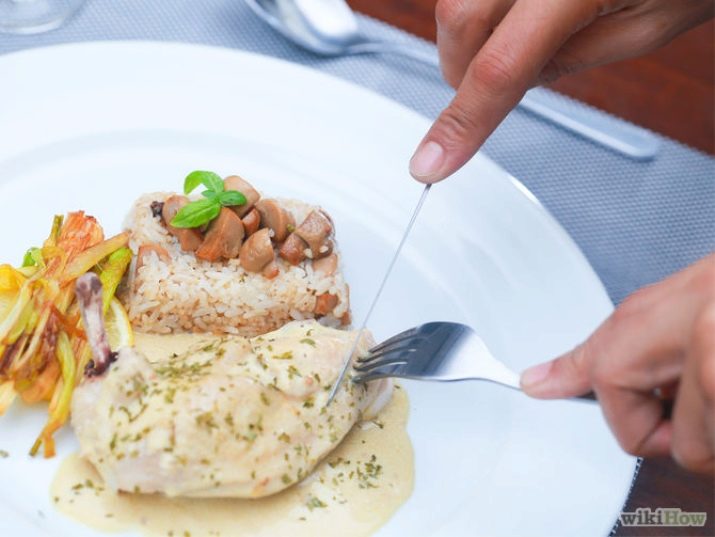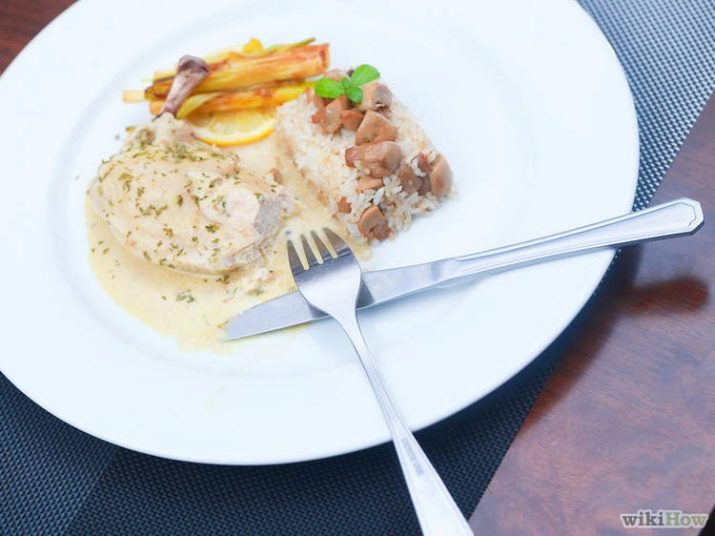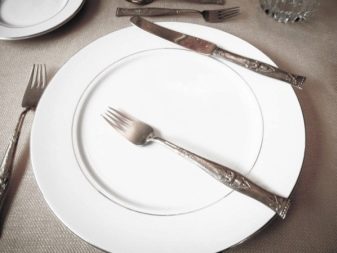How to hold the plug?
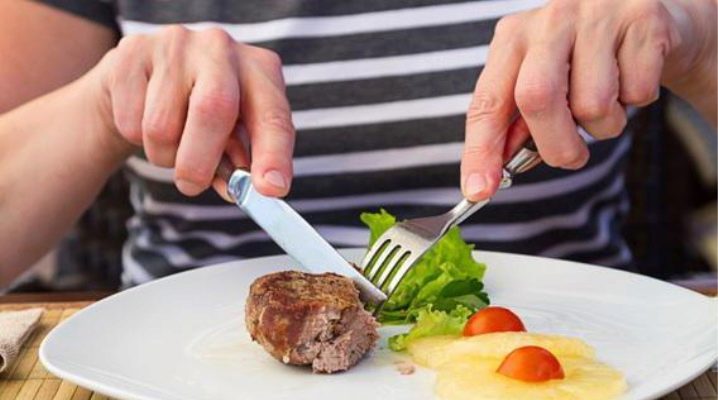
Today we cannot imagine our life without a plug. At home, in a restaurant, on a visit, at a picnic - everywhere we use this indispensable device. But not everyone and not in all cases knows how to keep it right? Let's understand all the intricacies of using this cutlery.
Features
Forks appeared before our era, they were called "Vilitsa". They were made with only two teeth and were used only for applying products from common to individual plates.
Food in most cases taken by hand. Later began to use spoons and knives. In order to make it easier to split a large piece, use the second knife.
When a fork appeared, it had a flat shape, and not a curved one, as we used to see today.
The fork came into use as a cutlery for the first time in Italy in the XI century. Among historians there is an opinion that in Russia this table instrument appeared during the time of False Dmitry I in the early 1600s. Only in the XVIII century the word "fork" was included in the general vocabulary, before it was called "spear" or "wiltsami."
At the same time in Germany began to appear forks with a curved finish and already with four teeth. Originally used for the manufacture of forks: copper, bronze, silver, bone. Now the main part of the cutlery is made of stainless steel, but there are also instances of wood, aluminum, plastic, nickel silver, silver and even titanium.
Today we can find about ten varieties of forks. Their length is different, the number of teeth on average varies from two to four.
Table fork
Table fork. It has a length slightly less than the diameter of an ordinary dining plate and four standard prongs. According to the rules of restaurant etiquette, this table tool is located first to the left of the lunch dish. It is intended for use with a knife when using the second hot dishes.
Fish fork
Fork for fish. It has a slightly smaller size than the dining room, and four small teeth with a recess in order to easily separate the fish bones. It is located behind the dining fork. This variety is used in conjunction with a special spatula and designed for cleaning and eating various types of hot fish.
Snack Fork
Snack fork. Almost exactly the shape of the dining room, but differs in smaller size. It is located to the left of the fish fork and intended for eating salads and other cold, in rare cases hot, snacks.
Dessert Fork
Dessert fork. It differs in appearance from the other types of forks. It has three teeth and its length does not exceed the diameter of a small dessert plate. In addition, dessert devices may have a more elegant and exotic design compared to the others. The dessert fork is located above the plate, teeth to the right. Such a tool is accepted to eat various sweet cakes, pies, cakes.
Fruit fork
Fruit fork. It has only two cloves. In the event that apples, pears, cantaloupe and other fruits are fresh, This fork is used in conjunction with the dessert knife. If on the table there are fruit salads or canned fruits, then the knife is usually not served.
In addition to these basic options forks, There are also auxiliary devices, which are usually located near the brought dishes and snacks:
- a fork for eating lemons (usually contains 2 little sharp teeth);
- for spaghetti (contains 5 teeth);
- for herring (contains 2 cloves);
- for sprat and sardines (contains 5 teeth);
- crayfish fork (longer than the others and contains 2 cloves);
- for oysters and seafood (contains 3 teeth, and the left one is longer than the others);
- for lobsters (contains 2 short curved cloves on the long axis);
- Specific olive fork with a hollow in the middle.
Restaurant rules of conduct
When setting the dinner table in a restaurant, around eight table tools can be placed around the plate. Do not immediately panic and sound the alarm - it's easy to figure it out. How exactly they are located speaks about many things and suggests how to properly use each of them.
Spoons and knives of various sizes are placed on the right side of the plate; according to the rules of etiquette, they should be taken with the right hand. On the left side there are different forks, their teeth, of course, must be turned upwards. As you might guess, the plug should be taken with the left hand.
According to the restaurant rules, they start their meal from the use of salads and cold appetizers. Devices for them are farthest from the rest of the plate. The first should be taken in the hands of them. Next to the plate are large instruments of length, they are used for eating hot dishes. On top there may be devices for dessert, usually they have the smallest length. If the handle is turned to the right side, then take the object in the right hand, and if in the left - then in the left hand.
During the meal, elbows are made to keep pressed to the body. So you will look neat and do not interfere with people sitting next to the table. It is absolutely necessary to put a napkin on your knees, which at the beginning of the meal lies neatly on the plate. Spoons, forks and knives should be kept horizontal above the plate, a slight angle of inclination may be allowed.
Under no circumstances is it recommended to swing table tools or point them to specific objects.
What you need to remember at the table?
While eating
The main cutlery is a spoon, fork and knife. Often used as special blades (for example, for cleaning fish from bones). Each of these tools has its own rules and features:
- Spoon is always held in the right hand. The middle finger serves as a “stand” for the narrow base of the spoon, the index finger - fixes the spoon from the side, and the thumb - from above. Spoon the most convenient way to eat liquid foods, but, in addition, the spoon can be used with a fork to eat Italian pasta. Then spaghetti is carefully wrapped on a fork, which is held with the right hand. At this time, the teeth rest against the bottom of the spoon, which is located in the right hand.
- The knife is also held in the right hand.. Moreover, the index finger rests against the base of the handle in front of the blade, the thumb and middle fingers clasp and support the knife handle from the bottom. The ring finger and little finger are not involved in the maintenance of the knife and can only touch it lightly or simply cuddle up to the palm. The end of the knife handle touches the base of the brush.
- To use the plug, there are two common methods. In both cases, it is supposed to hold it with your left hand, but the grip with your fingers is different. In the first case, the teeth of the fork face the bottom. The index finger rests on the narrow base on the back side. Hold the fork should not quite close to the teeth, so as not to touch the food. The remaining fingers cover the handle of the fork on all sides. This method of holding is sometimes called the "hidden handle" method, since the entire handle is hidden under the palm of your hand.
Gently press on the fork with your index finger to chop or hold it for cutting with a knife. Then you should gently put a small piece of food in your mouth with a fork, without turning it over.
There are such cases, for example, when the garnish is loose or soft, then the knife is not required at all, and the fork is used as a spoon.Hold it throughout the meal with his right hand, pointing upwards with his teeth. Food as if hooked on the teeth of the bottom and sent to the mouth.
If necessary, the edge of the fork can cut off the pieces, pressing the index finger on the opposite side.
In the second method, the fork should be held like a ballpoint pen, the teeth turned up. A narrow base of the instrument is placed on the middle finger, the thumb fixes the plug on the upper side, and the index finger on the side. In order to separate a piece of food, you need to turn the fork teeth down. Then it is recommended to put the knife aside so that the blade rests on the edge of the plate, and continue to eat, holding the fork in the same way with your right hand.
During the meal, the wrists of both hands should be slightly rotated so that the index fingers “look” at the base of the plate. With this method, and cutlery will be directed to the food. It is necessary to apply a small effort to the knife with the index finger and cut off small pieces of food by cutting off movements at the beginning of the teeth of the fork.
Following the rules of etiquette, it is not necessary to cut off many pieces of food at once, two will suffice. Otherwise, the plate will look untidy, and the food will quickly cool. The fork should hold exactly that piece of food, which then goes into the mouth. If necessary, you can help with a knife to fold the food on the teeth of the fork.
After meal
There are a few rules for the proper completion of the meal. Under no circumstances should you leave the tableware on the tablecloth. If during the meal you decide to take a break, dirty ends of a fork, knife or spoon must be put on the edge of the plate. It is also allowed to leave the fork and knife crossed on the dinner plate. In this case, after returning to the table, your portion and cutlery will wait for you in their places.
When the meal is complete, all dining tools that have been used should be carefully placed on the plate. The fork and knife must be placed parallel to each other at a slight angle. If you turn on the imagination and imagine a clock face, then the sharp end of the knife and the teeth of a fork should indicate 12 hours, and the handles - 4 hours. So your personal waiter will understand that the meal is over and will take away unnecessary items from your table.
And a few more words on the care of cutlery. Forks made of any material should be washed with warm soapy water. Do not use abrasive cleaners or metal sponges, as this may cause scratches on the cutlery. For washing forks, any liquid detergent and ordinary soft sponges for washing dishes will do. In addition to hand washing, the forks can be washed in the special compartment of the dishwasher.
After the dishes are clean, they must be dried at room temperature or wiped dry with a soft towel. It is recommended to keep the forks at a short distance from each other and from other dining tools, as otherwise scratches may appear on them. Following these simple rules, your forks will last you a long time and will look great.
Useful tips for all occasions
This article answers the very important, albeit rather trivial, question of how to properly hold the plug. At home, everyone keeps the cutlery in the way that suits him. But in a situation where you ended up at a dinner party or a business lunch in a restaurant, you just need to know the key skills of restaurant etiquette and handling cutlery. Summarize and give some useful tips for any occasion:
- While sitting at the table, always keep your elbows close to your body. It is permissible to put elbows on the table in the case of a conversation with the interlocutor, but without cutting utensils in their hands.
- First place a napkin on your lap.
- Start your meal with cutlery that is farther from the plate and have a shorter length.
- Take the knife with your right hand and the fork with your left.
- Cut two to three small pieces of food so large that they can fit in your mouth.
- Do not overfill the fork or spoon with food. Otherwise, food may fall on a plate, on clothes or on a table, soiling them.
- Never swing and throw cutlery.
- After eating, put all used cutlery on a plate.
By following these simple rules, everyone will be able to show their best and not get into an awkward situation.
Good luck in the practical application of the advice received!
To learn how to properly use cutlery, see the following video.
